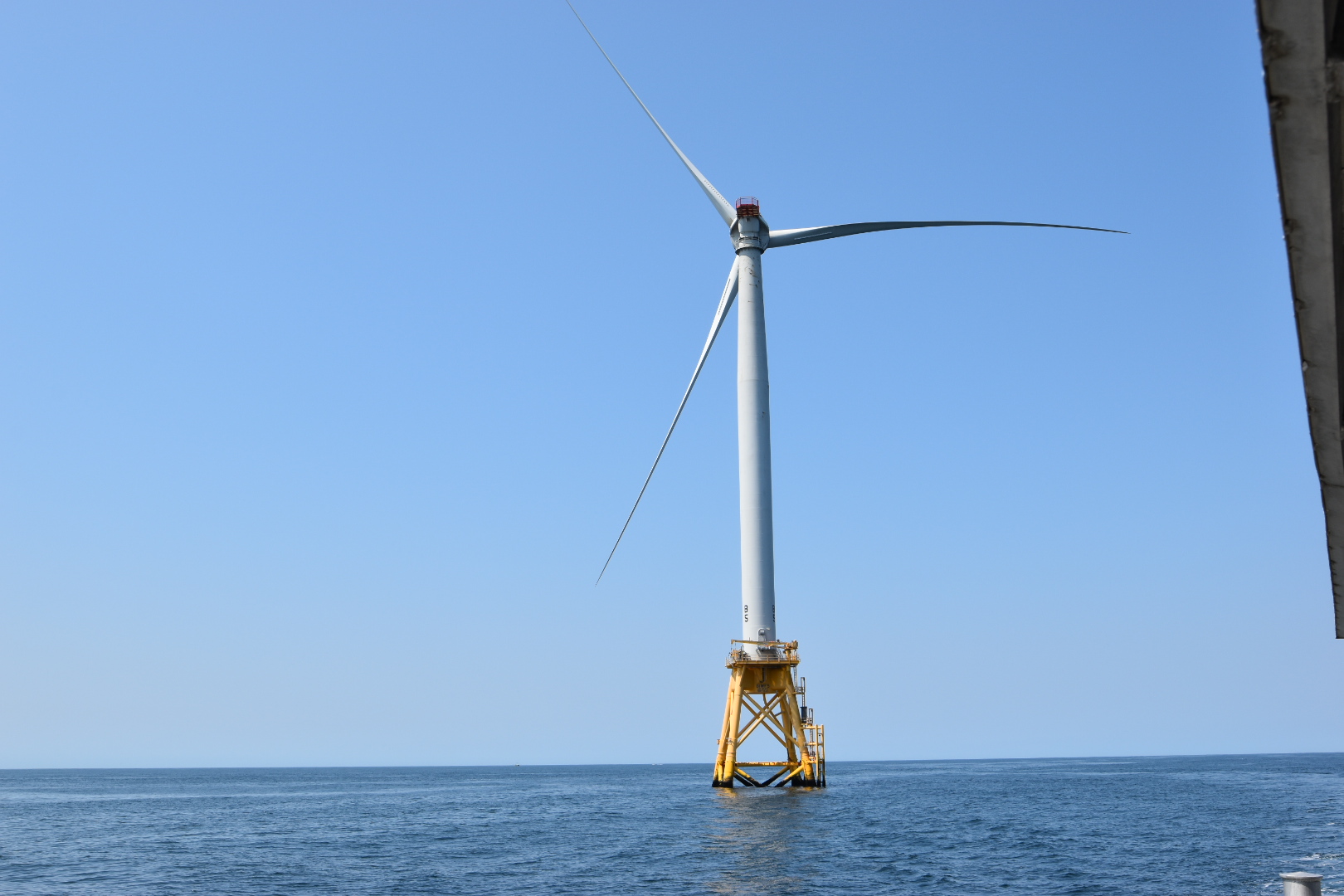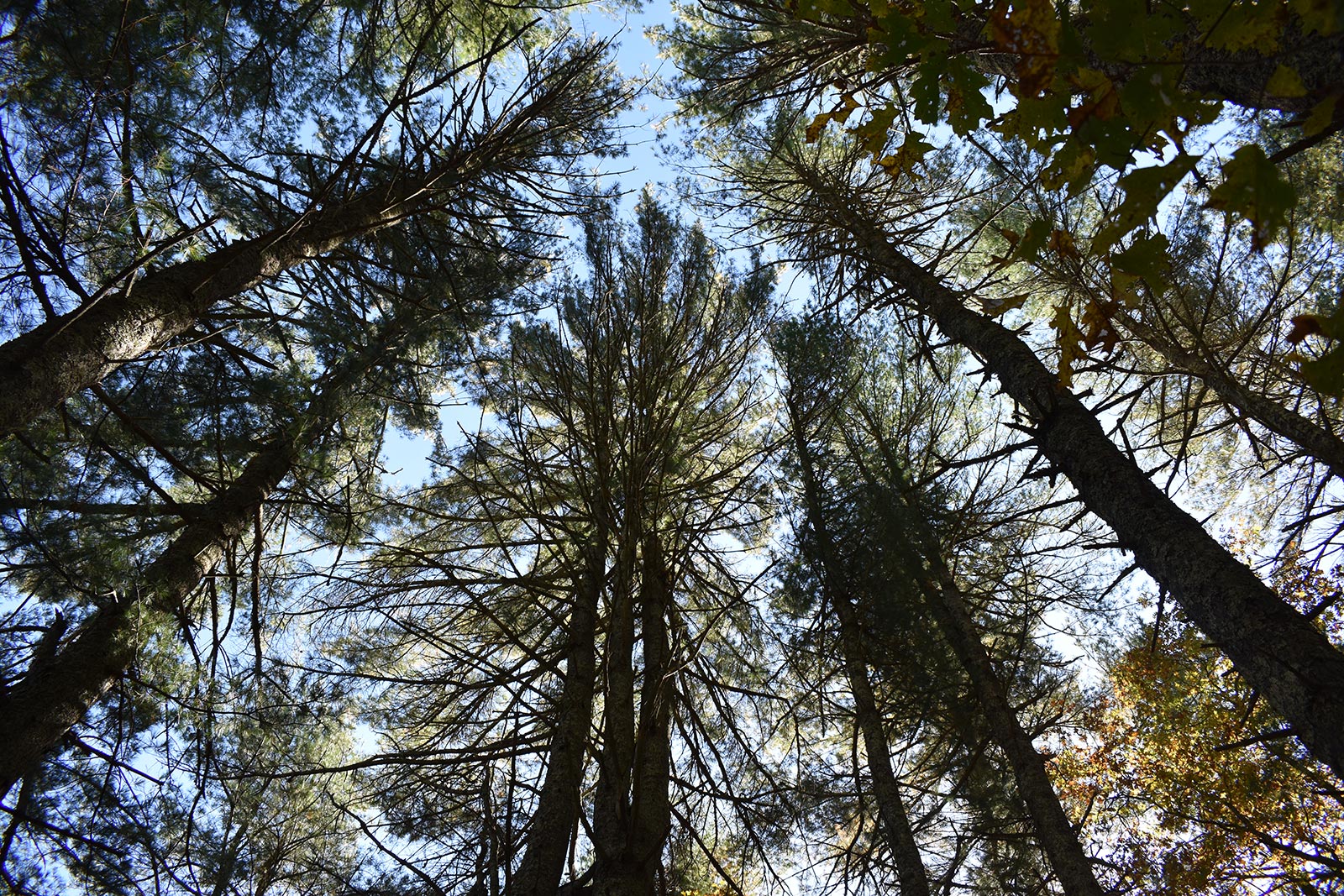It is Time to Pass the Old Growth Forest Protection Act to Save Biodiversity
January 8, 2024
Rhode Island is currently facing a biodiversity crisis. Rick Enser gave an excellent detailed analysis of this in his Nov. 30 opinion piece published in ecoRI News.
No rare or endangered species are safe on public land because Rhode Island is the only state in New England where no forests on state-owned land are protected from logging.
As acknowledged by the state Department of Environmental Management in a PowerPoint presentation at the Oct. 12 House Fire Commission meeting, “Currently, Rhode Island laws do not provide protection for forestland apart from existing wetland protection laws.”
Due to this, Rhode Island also has the distinction of being the only state in New England with no wildlands on public land, which are areas shaped by nature with minimal human interference where logging is prohibited. This was revealed in a report released last year based on research conducted by Harvard Forest, Highstead Foundation, Northeast Wilderness Trust, and Wildlands, Woodlands, Farmlands and Communities.
DEM’s preferred method of logging is clear-cutting, leading to deforestation, destruction of biodiversity, and massive carbon loss on state-owned land. Many of these clear-cut forests are not growing back due to the overpopulation of deer, with the deer eating the tree buds from the logged coppiced stumps, and invasive species outcompeting native species.
There is currently no state agency protecting biodiversity since DEM discontinued the Rhode Island Natural Heritage Program in 2007. The Rhode Island Natural History Survey is no substitute for the Natural Heritage Program, nor does it want to be.
The survey, in a recent letter, stated, “To maintain its freedom to work with all parties, including the Rhode Island Department of Environmental Management (DEM), the Survey has had a stated policy of non-advocacy for decades.”
It is very clear that biodiversity needs to be protected in Rhode Island and that we need a state agency that values native fauna and flora.
The 2024 Old Growth Forest Protection Act is the solution to Rhode Island’s biodiversity crisis.
Also, to address concerns that were raised in the past two iterations of the bill, this legislation doesn’t prohibit logging on all public forests. This bill would protect forests with rare ecological characteristics and habitats that contain rare and endangered species.
Here is what will be in the 2024 Old Growth Forest Protection Act:
The bill brings back the Rhode Island Natural Heritage Program as a state agency separate from DEM.
A Natural Heritage Program, defined in state law, will be responsible for identifying, monitoring, and protecting biodiversity in Rhode Island. Only as its own state agency will the Natural Heritage Program be properly funded and staffed.
As Enser, who was coordinator of the Natural Heritage Program for 28 years, stated in his opinion piece, “An updated biodiversity strategy would require reestablishing a Natural Heritage Program, or similar initiative, that should be situated in a state office other than DEM, to reduce the natural resource bias and provide a balanced approach to how state-owned land are managed.”
Prohibits logging in old-growth forests on state- and municipally owned land.
Old-growth forests are important in protecting biodiversity, are less prone to wildfires, and store vast amounts of carbon, making them important carbon sinks. Old-growth forests also reflect the natural landscape of Rhode Island before European settlement.
In the bill, to be an old-growth forest, a forest must meet a minimum number of characteristics and be at least 5 acres in size. Only a small fraction of Rhode Island’s forests will meet the definition, but this legislation would protect those remaining forests.
The Natural Heritage Program would be required to inventory all old-growth forests on state land.
Amends the Natural Areas Protection Act of 1993 (NAPA) to make it functional.
While NAPA is a great piece of legislation which sets up a mechanism to create Natural Area Preserves to protect the state’s rare and unique habitats in their natural state where no logging would be permitted, the law has a major flaw. It gives the power of designating the Natural Area Preserves to the DEM director. The Old Growth Forest Protection Act would amend the NAPA to give the power of designating the Natural Area Preserves and management of those preserves to the Natural Heritage Program. A Natural Heritage Program with scientists who value biodiversity would be more willing to designate Natural Area Preserves.
A provision in the Old Growth Forest Protection Act would prohibit logging in the Natural Area Preserves. Also, as part of the bill, all current Natural Heritage Areas mapped on state-owned land would be immediately designated as Natural Area Preserves, protecting those areas from logging.
The Natural Heritage Program would be required to conduct inventories of forests scheduled to be logged on state-owned and municipal-owned land and will have final approval of all logging operations on state-owned land. The Natural Heritage Program, which would have a forest ecologist and ISA-certified arborist as part of its staff, would inventory all forests DEM plans to log before the logging operation takes place to make sure no old growth forests, Natural Heritage Areas, or other rare ecosystems are logged.
To prevent DEM from overriding the Natural Heritage Program’s recommendations, the Natural Heritage Program would have final approval over all logging operations on state-owned land to ensure the logging practices are not ecologically destructive. This would allow scientists to have final say over logging operations.
The Natural Heritage Program would be required by law to create a Biodiversity Protection Plan; maintain the Natural Heritage database; work with municipalities to create management plans for areas those municipalities desire to be Natural Area Preserves; create an official rare and endangered species list; create an invasive species list; be responsible for the state’s efforts in reducing the spread of non-aquatic invasive species; and be responsible for the state’s efforts to combat invasive diseases and insect infestations affecting native trees. The legislation would also incorporate forests as a priority into the 2021 Act on Climate law.
The Old Growth Forest Protection Act is our last hope to save the state’s biodiversity and natural forests. If we don’t act now and address the biodiversity crisis, we will lose our rare and endangered species. If we allow the state’s archaic logging practices to continue, we will lose our native natural forests in Rhode Island.
I ask all environmental groups to support this bill, which would create the first state law in Rhode Island’s history to protect forests and biodiversity.
It is time biodiversity became a priority in Rhode Island.
Nathan Cornell is president of the Old Growth Tree Society. He can be reached at [email protected].
Categories
Join the Discussion
View CommentsRecent Comments
Leave a Reply
Your support keeps our reporters on the environmental beat.
Reader support is at the core of our nonprofit news model. Together, we can keep the environment in the headlines.
We use cookies to improve your experience and deliver personalized content. View Cookie Settings




Are there “Old Growth Forests” in Rhode Island? The closest RI has too OLDER growth is in Portsmouth, RI. There are no old growth forest in the George Washington Management Area. It has been inventoried. I know I did it when a forester for RIDEM Forest Environment 1981 to 2017. Check with RIDEM Forest Environment many areas have been inventoried and no “OLD Growth” forests have been recorded.
“DEM’s preferred method of logging is clearcutting”. Is an inaccurate statement many harvests on State DEM properties have been selective and many done to create biodiversity, habitat or maintain forest health. Clearcutting recently on some properties has been to reduce fire hazard danger in the oak forests dying from multiple years of defoliation by multiple forest pests. Proper timber harvests can help create biodiversity.
As a forester and former Trustee for the Glocester Land Trust I helped one property be designated as a “Preserve”, No action taken on the property except clearing existing trails. I am not against protecting old growth forests but I doubt any exist in Rhode Island.
Mr. Payton, would be interested in your evaluation of deforestation for utility solar projects. Why were these allowed? We lose significant diversity, carbon capture, ecological habitats, water holding potential of trees (like straws sucking up water to store it), fungal mycelium, duff and litter do the same. These then release the water to soil and sustain organisms during droughts.
Additionally, the failure to hold/store this rain water in situ results in rapid run off from the angular solar panels onto the land and then moving siltation into streams and rivers changing their ecology and depths. Down stream flooding results as the barren soils become saturated and water runs into tributaries and swells rivers (see 2010 flood).
Our water supply in South County is from percolation of rain water and recharge of our subsurface sole source aquifer. Rapid run off to streams means the rain water does not percolate into the soil and recharge the aquifer at the same rate. This could impact water supply long term. THIS is what DEM is failing to research and address…long term impacts.
By the way, if you reduce (remember “reduce, reuse and recycle”) electrical consumption by taking the money put away for solar expansion and use it (direct grants) to improve electrical efficiency use in the housing and commercial buildings, the statistics indicate you could save (*reduce) up to 30% current electrical demand.
Not bad, no deforestation, no need to build 30% more solar panels that create carbon dioxide from burning fossil fuels needed to manufacture and ship them. Net savings of CO2 first year could be as much as 120 % CO2 reduction (50% minimum from fossil fuels not needed for clear cutting of forest and construction/shipping of solar panels; 30% from incresasing energy efficiency of electric use in homes and structures (every year), and minimum you still keep 40% CO2 uptake by uncut trees! I believe these are conservative figures as well. Remember the fallacy of moving water in a bucket with hole in it? Same thing is true moving green energy; “fill the holes”, reduce inefficiencies in electrical use in housing and commercial stock) then find the electrical need.
How do you put an added price on these savings…protection of species habitat, recharge aquifer, less run off flooding impact to towns downstream, scenic beauty, stream habitat consistency for anadromous fish…? Could go on but I will stop here.
.
QUESTION: The green energy plan in RI is a money grab…not an energy solution for reducing global warming. Who is going to expose that scam? The price of electricity will go UP not down as previously suggested by utilities. Finally, now that the wind projects are stumbling under cost and technology keep an eye on the return to clear cut forests and big land based solar as the “best way” to reduce global warming in RI. Being the second most densely populated state behind NJ is not enough, our legislators suggest we need more housing and commercial and electricity and deforestation and loss of habitat and …and…and. Please educate the state politicians and public utility commission about scientific thinking and feedback loops.